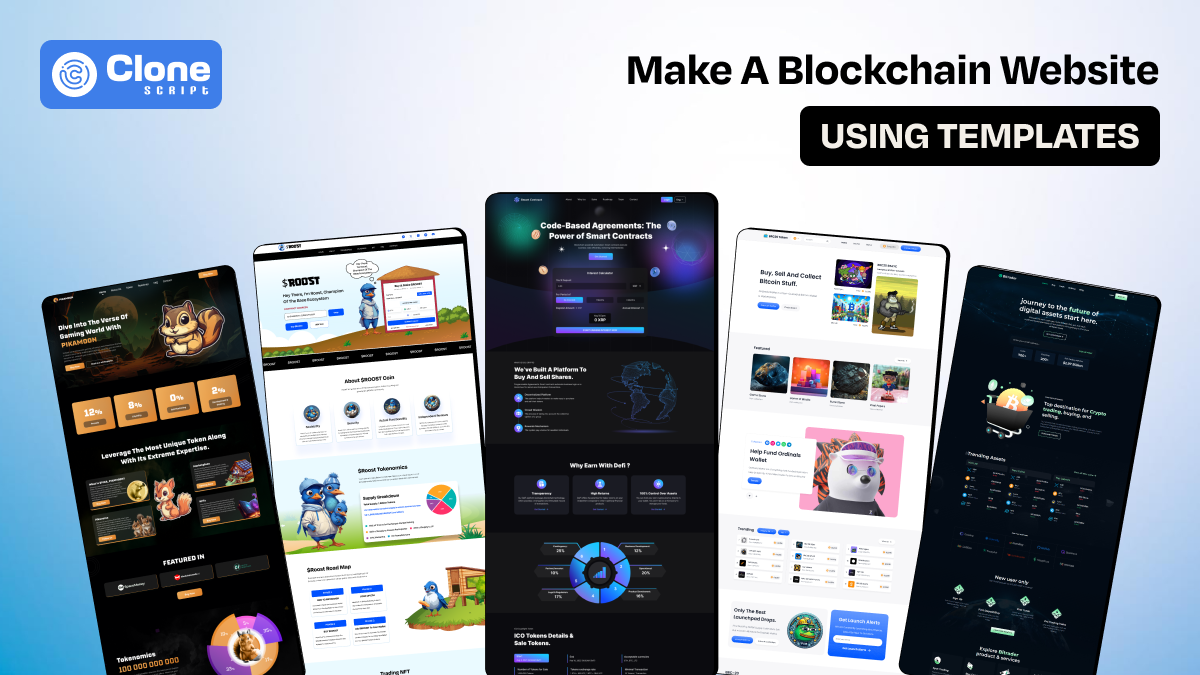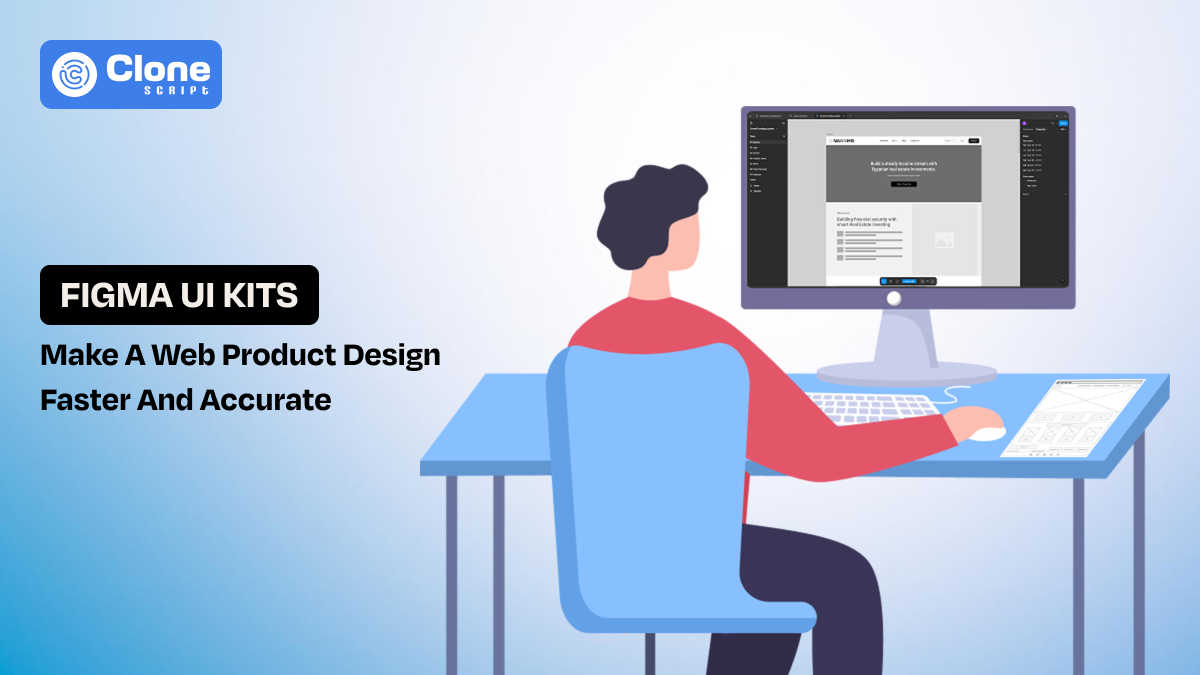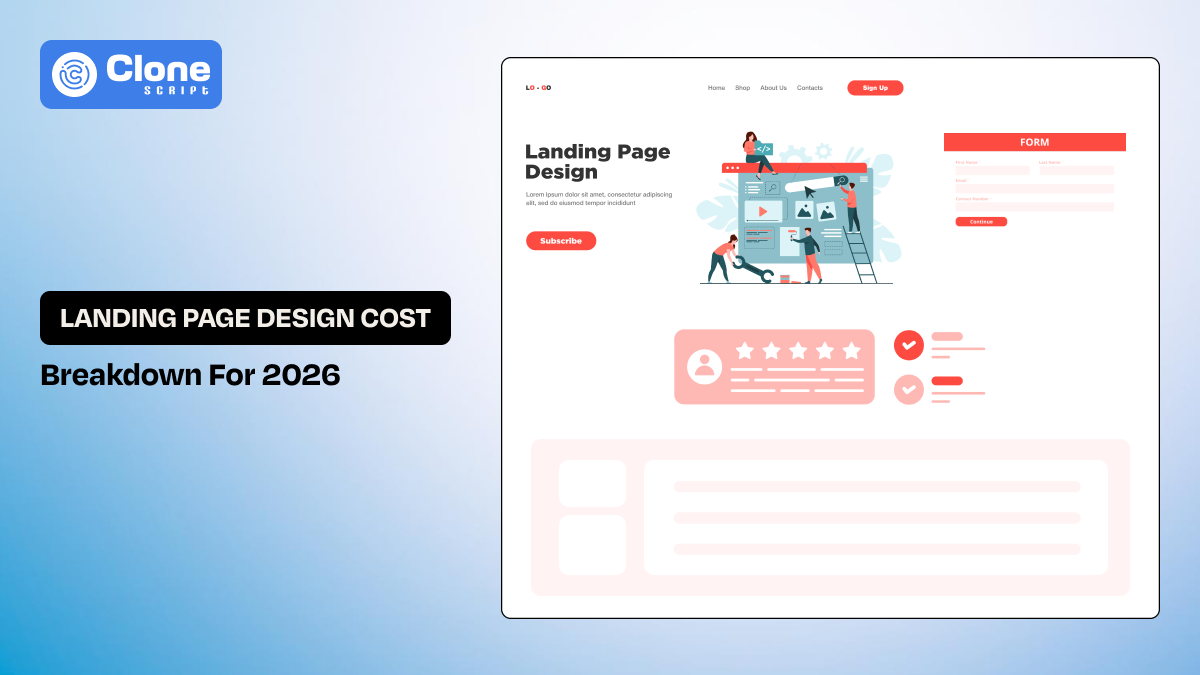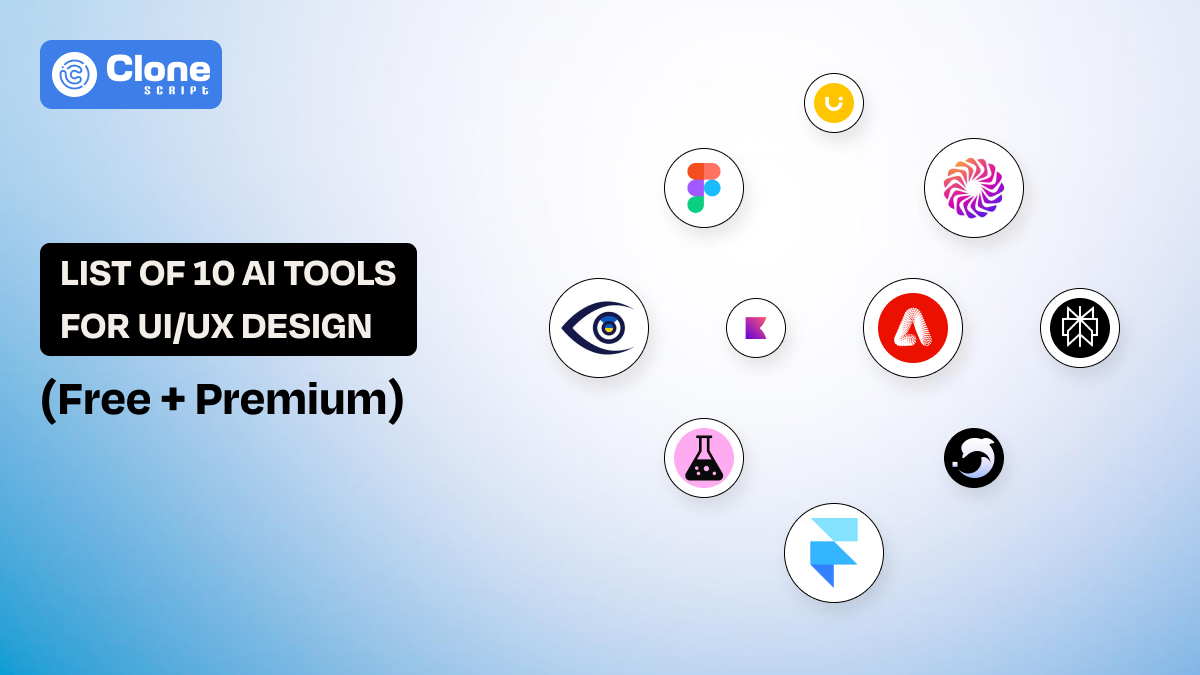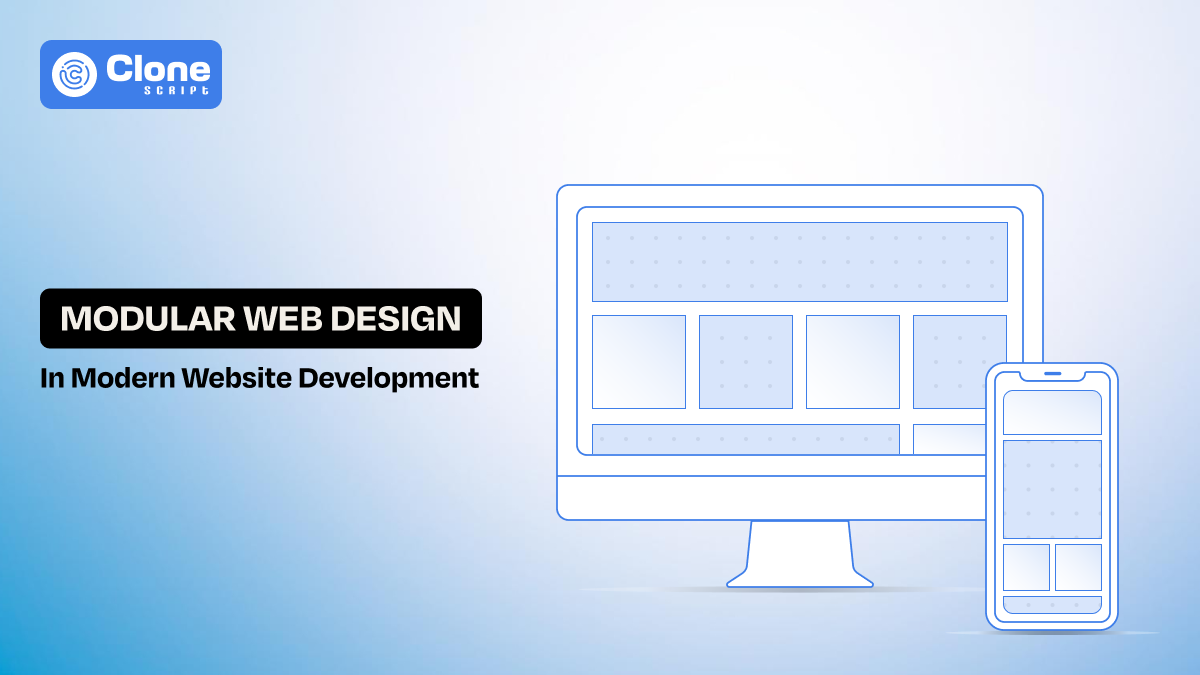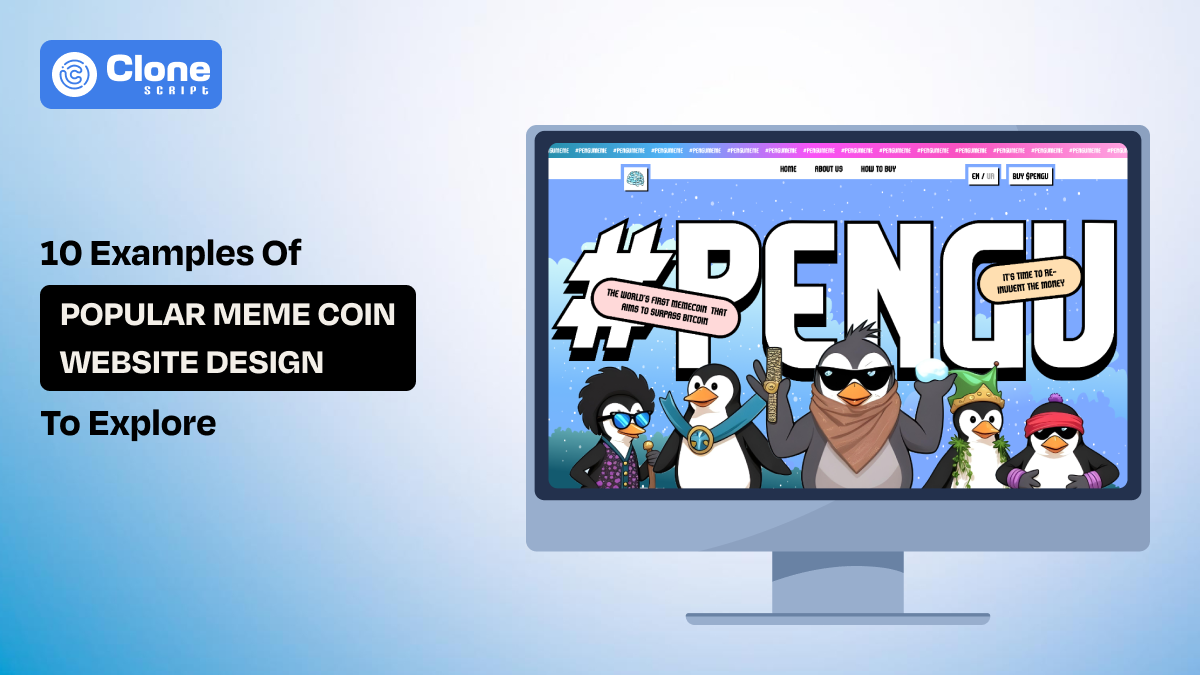How to Build a Blockchain Website Using Ready-Made Templates
The blockchain revolution is here: decentralized apps, NFTs, DeFi platforms, token launchpads, and DAOs are reshaping the future. But in this digital gold rush, one truth remains: if you don't have a stunning, professional online presence, your project will get buried in the noise.
A blockchain website isn’t just a “nice-to-have” anymore. It's your pitch deck, your brand story, your tech hub, and your gateway to the world. The problem? Designing and building a website for a crypto project from scratch can be a nightmare and slow, expensive, and technically demanding.
That’s where ready-made blockchain website templates come into play.
In this blog, we’ll walk you through exactly how to build a blockchain website using a ready-made template, what kind of templates work best, the major benefits, and how to avoid common mistakes. Whether you're launching a token, promoting your Web3 product, or building a DeFi platform, this guide will help you go live faster and better without reinventing the wheel.
Why You Need a Website for Your Blockchain Project?
A blockchain project without a website is like a cryptocurrency without a whitepaper, remaining incomplete and untrustworthy. In a space driven by transparency, decentralization, and community trust, your website serves multiple high-impact purposes.
1. Establish Trust and Credibility
When users or investors hear about your project for the first time, the first thing they’ll do is Google you. If your search result leads to an outdated or non-existent site, that raises red flags.
-
A well-designed blockchain website shows that you're serious, transparent, and ready to scale. It's your digital storefront, your online whitepaper, and your proof of existence all rolled into one.
2. Educate Your Audience
Blockchain is still an emerging field. Many users may not fully understand your project’s value without a clear explanation. Your website should break down complex topics into simple, digestible content.
-
Tokenomics, smart contract functionality, and how staking works must be clearly explained through visuals and user-friendly UI sections.
3. Drive Community and Ecosystem Growth
Crypto projects achieve success in the community. Your blockchain landing page becomes the central hub for collecting emails, redirecting users to your Discord or Telegram, and offering downloadable resources like your whitepaper, roadmap, or GitHub repository. It’s where your community starts, and where your ecosystem begins to grow.
Challenges of Designing a Blockchain Website from Scratch
Now that you understand the need for a professional online presence, let’s talk about why building one from the ground up is often not the best use of your resources, especially for startups or solo developers.
1. High Cost of Design and Development
Hiring a designer to make UI/UX wireframes, followed by front-end and back-end developers to turn them into a working website, can cost anywhere from $5,000 to $25,000+. Not to mention maintenance, hosting, and future upgrades. For blockchain projects in early stages or bootstrapped environments, this simply isn’t scalable.
2. Time-Intensive Process
You’re not just building a static brochure. A blockchain website includes animated charts, interactive wallets, live token data, and smart contract integrations. Getting all of this right from scratch can take weeks or even months. In a fast-paced industry like crypto, time-to-market is critical.
3. Technical Complexity
Adding features like wallet integration (e.g., MetaMask), DeFi dashboards, staking interfaces, or connecting with Web3.js or Ethers.js requires advanced coding skills. Unless you’re an experienced Web3 developer, this can become a barrier that delays launch.
4. Inconsistent Branding
Startups struggle with UI/UX design consistency across different screen sizes, color schemes, and content sections. This leads to a poor user experience and affects brand identity. Achieving cohesive, modern design requires expertise that many teams lack.
Now, let’s understand the website templates being used in development.
What Are Ready-Made Blockchain Website Templates?
A ready-made blockchain website template is a prebuilt, professionally designed theme tailored specifically for crypto and blockchain projects. These templates are built with modern frameworks and include all the elements typically needed to launch a polished, fully functional crypto site.
Types of Blockchain Templates
-
HTML Templates – These are ideal for static sites or marketing pages, having lightweight pages and are fast to deploy.
-
React Templates – It is perfect for dynamic, interactive dApps or dashboards development without involving custom development.
-
WordPress CMS Templates – Great for non-developers who need content control and want to manage the entire website easily.
-
Figma UI Kits – It helps with design and prototyping before coding to justify the production phase.
What’s Included in These Templates?
-
Homepage & Blockchain Landing Page Designs
-
Prebuilt Sections for tokenomics, roadmaps, team profiles, FAQs
-
CTA Buttons (“Buy Token”, “Join Whitelist”, “Launch App”)
-
Wallet Connect UI (MetaMask, WalletConnect)
-
Smart Contract Integration Hooks
-
SEO-optimized HTML structure
-
Dark/Light Mode Support
-
Mobile Responsiveness
In short, using a blockchain template means you don’t start from zero. You start from 70–90% done.
How to Build a Blockchain Website Using a Template Step-by-Step?
Before choosing a template, it's crucial to understand the core purpose of your blockchain project and how you want to present it online. Clarity at this stage ensures your website aligns with your product vision and speaks directly to your intended users.
Step 1: Define Your Project Goals and Features
Before downloading any templates, you must clearly define:
-
What does your project do?
Summarize your project's core functionality: whether it's a DeFi app, NFT marketplace, blockchain explorer, or token launchpad. This becomes the foundation of your website’s messaging and helps structure your homepage content effectively.
-
What features must be displayed?
List the essential features your site must include, such as wallet connect, staking dashboard, live token stats, roadmap, or whitepaper links. Knowing this upfront ensures you choose a template that supports these components.
-
Who is your target audience?
Identify whether your users are retail investors, developers, DAO members, or NFT collectors. This helps you tailor the site’s tone, layout, and features to suit your audience’s expectations and behavior.
Step 2: Choose the Right Template
Choosing the right template is a step that determines how efficiently you’ll build and scale your blockchain website. Look for a template that aligns with your tech skills, business goals, and user expectations.
-
Match your tech stack (e.g., HTML, React, Vue)
Select a template built with the framework your team is most comfortable with, whether it’s plain HTML for static sites or React/Vue for dynamic dApps. This makes customization easier and reduces development friction later on.
-
Are they mobile-friendly and SEO-optimized?
A mobile-responsive layout ensures your website looks and performs well across all devices. SEO-optimized templates include clean code, proper heading structure, and meta tags to help your site rank in search engines.
-
Come with the developer documentation
Good documentation helps you understand the template’s structure, customization options, and component usage. It significantly speeds up the development process and reduces the learning curve.
-
Support modern features like dark mode, animations, or interactive dashboards
Templates with built-in support for dark mode, parallax animations, and Web3 dashboards provide a premium user experience. These features also reflect a modern, tech-savvy brand image that resonates with crypto users.
Sites like All Clone Script, ThemeForest, and GitHub have a wide selection of ready-made blockchain website templates that are specifically built for startups and developers.
Step 3: Set Up Your Development Environment
Depending on the template type, pick the following:
-
For HTML Templates: Extract the zip file, open it in VSCode or your IDE, and begin editing the HTML, CSS, and JS files.
-
For React Templates: Install dependencies using npm install, start the dev server using npm run dev, and begin customizing components.
-
For WordPress Templates: Upload the theme to your dashboard and begin editing via Elementor or Gutenberg blocks.
Make sure to set up version control with Git and use proper environment separation for staging and production.
Step 4: Customize the Template for Your Brand
Now that your environment is ready, it's time to transform the template into a fully branded blockchain website. This step gives your project a unique identity and builds trust with users and investors.
-
Replace Placeholder Content with Real Project Information
Swap out dummy text, images, and icons with your actual content, including your project description, whitepaper link, token utility, and roadmap. Real content makes your site look legitimate and helps users quickly understand your value.
-
Update Fonts, Colors, and Logos to Match Your Branding
Adjust the font families and color schemes in the CSS or theme settings to reflect your brand’s visual identity. Upload your logo and favicon to make the site feel personalized and professional.
-
Add Your Team, Partners, and Advisors
Introduce your core team with photos, bios, and LinkedIn links to add credibility. Highlight strategic partners, backers, or audit firms to build social proof for your blockchain project.
-
Link Actual Resources like Whitepaper, dApp, or Token Presale Page
Make sure all buttons and links, such as “Read Whitepaper,” “Join Token Sale,” or “Launch App,” lead to real, working destinations. Broken or missing links damage user trust and can make your project appear incomplete.
When personalizing a website template, don’t forget to customize meta titles, OG images, and favicon to improve SEO and brand consistency.
Step 5: Add Blockchain-Specific Integrations
Once your website layout is in place, the next step is to make it truly “Web3” by adding blockchain functionalities that interact with smart contracts and on-chain data.
-
Ethers.js or Web3.js to fetch wallet data
Use Ethers.js or Web3.js libraries to allow your front-end to communicate with Ethereum-based wallets and smart contracts. These libraries let you fetch wallet addresses, balances, network information, and even trigger transactions directly from the user’s browser.
-
WalletConnect or MetaMask SDK for login and transactions
Integrate WalletConnect or the MetaMask SDK to enable secure wallet logins and on-site crypto transactions without requiring user registration. This creates a seamless dApp experience where users can connect their wallet, sign messages, and interact with your platform directly from your blockchain website.
-
The Graph or Moralis for querying smart contract data
Platforms like The Graph allow you to index and query blockchain data using GraphQL, offering efficient ways to fetch token metadata, transaction histories, or governance proposals. Moralis, on the other hand, provides a more complete backend-as-a-service solution with built-in support for user authentication, database syncing, and real-time Web3 data.
-
APIs (e.g., CoinGecko, Covalent) to display live token prices
To display live token prices, market cap, or trading volume on your site, use APIs like CoinGecko or Covalent that aggregate real-time blockchain analytics. These services allow you to enrich your UI with up-to-date pricing, gas fees, and other on-chain data essential for transparency and user trust.
Step 6: Test Across Devices and Browsers
Before launching your blockchain website, it's important to check that it works flawlessly across all major devices and browsers. Testing guarantees that every user, regardless of platform, has a smooth and consistent experience.
Make sure your blockchain landing page design works seamlessly across:
-
Test on Desktop, Tablet, and Mobile Screens
Your blockchain website must be fully responsive, meaning it should automatically adapt to screen sizes ranging from large monitors to mobile phones. Use browser developer tools or emulators to simulate different devices and check for layout issues.
-
Chrome, Safari, Firefox
Not all browsers render websites the same way. So, test your site on Chrome, Safari, Firefox, and Edge to identify browser-specific bugs. Pay special attention to animations, buttons, and wallet interactions that may behave differently.
-
Run Performance Audits Using Lighthouse or GTMetrix
Use tools like Google Lighthouse or GTMetrix to analyze your website’s load speed, accessibility, SEO, and overall performance. These reports help you identify and fix bottlenecks that may affect user experience and search rankings.
Step 7: Deploy and Launch
With design, content, and testing complete, you're ready to take your blockchain website live.
-
Choose a Hosting Platform Based on Your Tech Stack
For static HTML sites, use platforms like GitHub Pages or Firebase Hosting for fast and cost-effective deployment. If you're using React or Next.js, services like Vercel or Netlify offer seamless deployment, CI/CD integration, and global CDN delivery.
-
Connect Your Custom Domain Name
Purchase a domain (e.g., yourproject.io) and link it to your hosting platform using DNS settings. A branded domain boosts credibility and makes it easier for users and investors to find your site.
-
Set Up SSL for Secure HTTPS Access
Most modern hosting platforms provide free SSL certificates through Let's Encrypt or Cloudflare. HTTPS not only secures your blockchain website but also improves SEO rankings and user trust.
-
Add Analytics and Tracking Tools
Integrate tools like Google Analytics, Plausible, or Hotjar to monitor user behavior, traffic sources, and engagement levels. These insights help you refine your website and marketing strategy over time.
-
Announce Your Launch Across All Channels
Once live, share your website on social platforms, Telegram groups, Discord servers, and relevant crypto communities. Use the site as the central hub for announcements, updates, and token sales, giving users one trusted place to engage with your project.
Benefits of Using a Prebuilt Blockchain Template
Here’s why thousands of blockchain startups and developers choose templates over starting from scratch:
-
Faster Time to Market
Templates allow you to launch your crypto website in days instead of weeks or months. This speed gives you a competitive edge, especially when you're racing to build hype around a presale, token launch, or NFT drop.
-
Lower Development Costs
Instead of paying thousands for designers and front-end developers, you can buy a complete blockchain template for under $250. This is ideal for startups working with limited budgets or bootstrapping their MVP.
-
Professional Design Quality
Website templates are built by experienced UI/UX designers who understand modern trends and user expectations. You get a sleek, polished look without needing to hire a full design team.
-
Developer-Friendly Structure
Most templates are coded with modular, reusable components and come with clear documentation. This makes customization easy, even for solo developers or small teams working under tight deadlines.
-
Mobile-Responsive and SEO-Optimized
A good crypto website template ensures your site looks great on all devices and follows best practices for search engine visibility. That means better Google rankings, more organic traffic, and improved user engagement.
-
Built-In Web3 Features
Many templates come with integrated wallet connect buttons, smart contract hooks, and tokenomics sections. These built-in components reduce the time required to set up blockchain-specific features.
-
Performance and Security Optimized
They are usually pre-optimized for speed, with minified assets and clean code that reduces load times. They also follow secure coding standards, helping protect your site from common front-end vulnerabilities.
Conclusion
Creating a blockchain website no longer needs to be a complex or time-consuming process. With ready-made blockchain website templates, you can build and launch a stunning, functional site quickly and affordably. These templates are optimized for design, performance, and blockchain-specific needs like wallet integrations and token data.
Whether you're running a DeFi app, launching an NFT platform, or starting a DAO, using a professional template gives your project instant credibility. Instead of building everything from scratch, focus on what matters: your product and your users.
Start smart, launch fast, and scale confidently with the right blockchain website template.
 BTC - Bitcoin
BTC - Bitcoin
 USDTERC20 - USDT ERC20
USDTERC20 - USDT ERC20
 ETH - Ethereum
ETH - Ethereum
 BNB - Binance
BNB - Binance
 BCH - Bitcoin Cash
BCH - Bitcoin Cash
 DOGE - Dogecoin
DOGE - Dogecoin
 TRX - TRON
TRX - TRON
 USDTTRC20 - USD TRC20
USDTTRC20 - USD TRC20
 LTC - LiteCoin
LTC - LiteCoin

